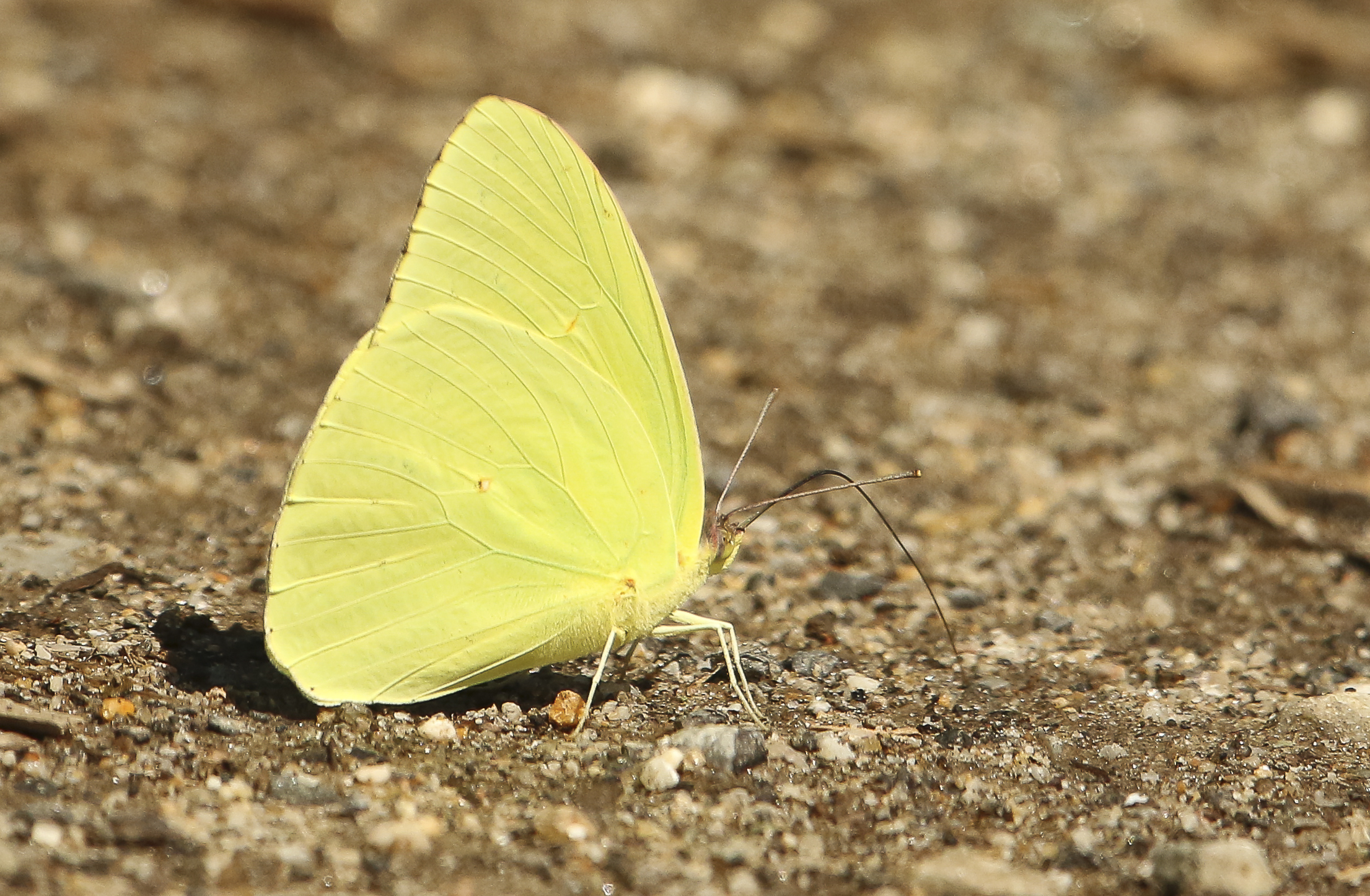Late Summer Sulphurs


By Wayne Bierbaum
A common summer butterfly here in Maryland is the cloudless sulphur butterfly (Phoebis sennae). The largest member of the Pieridae family of butterflies, which includes cabbage whites and clouded yellows, cloudless sulphurs are very active and never seem to rest for long. Sulphur butterflies get their name because they are yellow like the chemical compound sulfur.
The cloudless sulphur butterfly is particularly interesting in that it has a fall and spring migration pattern that, like the monarch, can take it over a thousand miles to complete. But unlike the monarch, some of these sulphur butterflies make a round trip.
Most butterfly species that live in the northern parts of North America spend winter as a pupa in a cocoon preparing to emerge in the spring. However, the cloudless sulphur flies away from the cold temperatures. In the fall, they will fly all the way to the Gulf Coast from southern Canada and return in the spring.
They lay eggs on their trip to the north and some of those offspring will also head that direction. The ones that live in, say, North Carolina don’t have to fly as far. It turns out that the butterflies that fly the farthest are bigger than the ones that don’t fly as far.
The life span of the cloudless sulphur in the fall and winter is much longer than most other moths and butterflies.
The preferred host plants for the cloudless sulphur are members of the wild pea family called American or wild senna, which gives the butterfly its species name. Senna plants are widespread and toxic; caterpillars of the cloudless sulphur concentrate the toxin as they grow so that the butterfly form will be distasteful to large predators. Their predators are mostly other insects and spiders.
The pupa form of the cloudless sulphur resides in a chrysalis that resembles a leaf. This mimicry is quite remarkable but the butterfly will give itself away by shaking if the chrysalis is touched.
The term “cloudless” refers to the fact that its top and edges of its wings have no markings. The cloudless sulphurs may have a few dark spots on the underside of the wings may have a few dark spots. They have a wingspan of about two inches.
The smaller “clouded” sulphurs have dark leading edges on the wings and dark spots on top of the wings. They have a wingspan of about one and a quarter inch. The clouded sulphurs have a two-week lifespan as a butterfly and the caterpillars prefer to live on clover.
The cloudless sulphur butterfly is one of our late summer garden visitors. Having late blooming flowers and avoiding the use of insecticides will attract them to your gardens. I like growing purple-stemmed aster for these late season pollinators.
